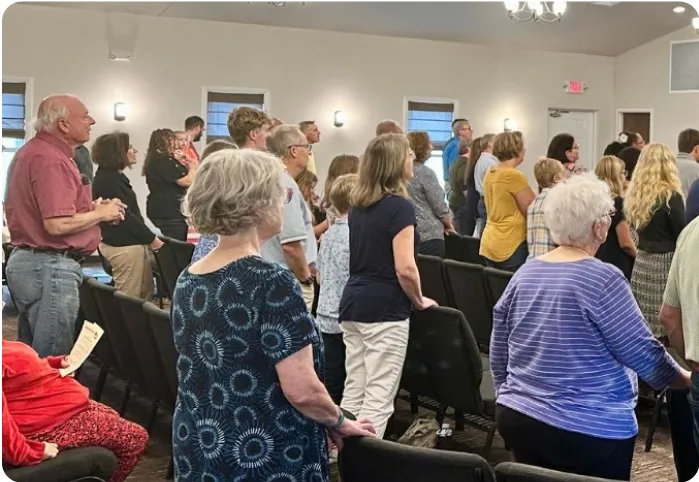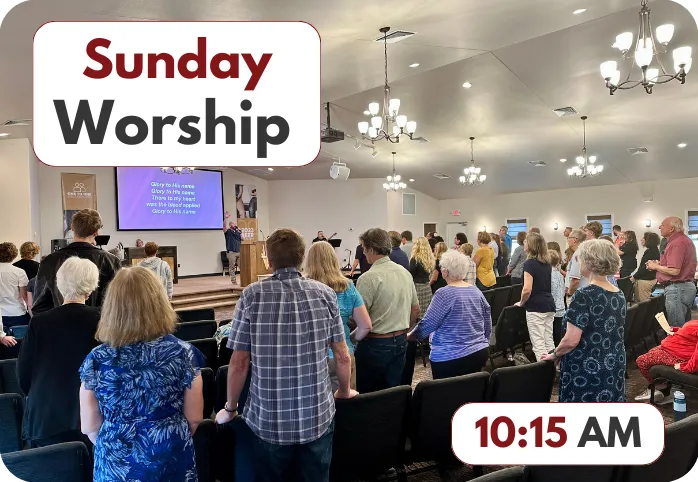Cornerstone Church
Glorify, Edify, Testify
Waterloo, Wisconsin
Cornerstone Church
Glorify, Edify, Testify | Waterloo, Wisconsin
Glorify, Edify, Testify
Plan Your First Visit
We welcome you & want you to feel comfortable for your visit. Use the button below to learn all about:
 Worship Style
Worship Style
 What To Expect
What To Expect
 Children’s Services
Children’s Services
 And Much More!
And Much More!

What We Believe
Read our statement of faith and learn more about our core beliefs about:
 God
God
 Salvation
Salvation
 Baptism
Baptism
 And Much More!
And Much More!

Our Preaching Ministry
Our services are live every Sunday at 10:15 AM and we also have an entire sermon video library online.
 Live Sundays at 10:15 AM
Live Sundays at 10:15 AM
 Access Sermon Library
Access Sermon Library
 YouTube Channel
YouTube Channel

Our Announcements
Check out our upcoming events and other announcements:
 Upcoming Events
Upcoming Events
 Announcements
Announcements
 Church Updates
Church Updates
 And Much More!
And Much More!

Our Ministries
Cornerstone offers ministries for: Adults, children, teens, nursery, men, & women.
 Teens & Kids
Teens & Kids
 Men & Women
Men & Women
 Prayer & Bible Studies
Prayer & Bible Studies
 And Much More!
And Much More!

Meet Our Leaders & Staff
Click the button below to meet our Pastor, Elders, Deacons, Leadership and Staff.
 Pastor
Pastor
 Elders
Elders
 Deacons
Deacons
 And More!
And More!

Connect With Us
Find out how to get in contact and connect with Cornerstone Church.
 Phone, Text & Email
Phone, Text & Email
 Social Media
Social Media
 Groups & Classes
Groups & Classes
 And Much More!
And Much More!

Welcome
Lorem Ipsum is simply dummy text of the printing and typesetting industry. Lorem Ipsum has been the industry's standard dummy text ever since the 1500s, when an unknown printer
Lorem Ipsum is simply dummy text of the printing.
Lorem Ipsum is simply dummy text.
Lorem Ipsum is simply dummy text of the.
Lorem Ipsum is simply.

Bring the Whole Family!
Sunday Worship
Worship With Us.
Nursery Available Too.
10:15 AM
Sunday School
Sunday School For All Ages:
Adults, Teens, Kids
9:00 AM
Wednesday Prayer
Adult Devotion And
Prayer Time
6:30 PM
(Re-starting in January)
Wednesday Kids
Kids Of All Ages.
Teen Youth Group Too.
6:30 PM
(Re-Starting in January)
Bring The Whole Family!
Sunday School
Sunday School Classes For All Ages:
Adults, Teens, Kids
9:00 AM
Sunday Worship
Prayer, praise songs & biblical preaching
Nursery & children's church Too.
10:15 AM • Learn More
Other Event Information
Check out All Of our upcoming events And announcements.
Click The Link Below.

Welcome!
Welcome to Cornerstone Church! We're so happy that you found us online and hope you will worship with us this Sunday for our 10:15 AM service also.
All Are Welcome
Come As You Are
Dress Comfortable
Upcoming Events

Men’s Breakfast
Lorem Ipsum is simply dummy text of
the printing and typesetting.

Women’s Study
Lorem Ipsum is simply dummy text of
the printing and typesetting.

Teen Bowling
Lorem Ipsum is simply dummy text of
the printing and typesetting.
Learn & Grow!

Request to Join

What we Believe

Membership
Learn & Grow

Worship with us:
Sundays at 10:15 AM
Glorify, Edify, Testify
Sunday Service Info
9 AM: Sunday School
10:15 AM: Worship
Wednesday Services
(Re-Starting in January)




